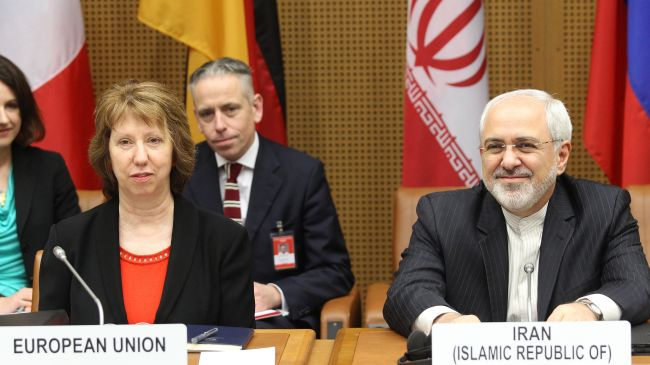Optimism about Vienna-6

-The new round of nuclear negotiations between Iran and the P5+1 which will cover 19 days of non-stop negotiations indicates the seriousness and sufficient determination of both sides to reach an agreement and there is this optimism that such an agreement would be reached.
-The Vienna-6 negotiations are going to be held while, based on the agreed timetable between Iran and the P5+1 in Geneva-3 under the title of the Joint Plan of Action, both sides have until July 20th to reach a final and comprehensive agreement.
-Although it would not mean that the negotiations have ended if an agreement is not reached in Vienna-6, both sides attempt to reach a final and comprehensive agreement within the defined timetable so that there would be no need to extend the Geneva-3 agreement for six more months.
-That is why, due to the deep rift which still exists between the viewpoints of Iran and the P5+1 and the shortage of time, both sides have decided to end the back-and-forth diplomacy during the short time that remains and hold 19 days of non-stop negotiations in order to increase the possibility of reaching an agreement.
-The fact that Mohammad Javad Zarif, Iran’s Foreign Minister, will be present during the 19 days of negotiations between Iran and the P5+1, shows that the most important foreign policy priority of the Islamic Republic of Iran at the present time is the nuclear negotiations.
-The breaking of the deadlock in nuclear negotiations could resolve Iran’s many problems in international relations. It can be said that reaching an agreement in these negotiations could facilitate the relations between Iran and the world.
-The most important obstacle which exists in these negotiations and which has postponed the possibility of reaching an agreement is the mistrust between both sides.
-Although the Geneva-3 agreement somehow helped the building of bilateral confidence, the mistrust between Iran and the main party of the talks, i.e. the US, is so high that even a preliminary agreement could not destroy the high wall of mistrust between both parties.
-Of course, there are other reasons as well including the Zionist lobby which creates obstacles with all its might and with covert and overt diplomacy.
-Nevertheless, the signs indicate that Iran and the P5+1 have the necessary determination to reach a final and comprehensive agreement, but both sides attempt to gain the most concessions in lieu of giving the least concessions through bargaining. This is natural and I am very optimistic that both sides will ultimately reach an agreement.
-There are many reasons behind this optimism. One of them is that the differences between Iran and the P5+1 are not, at the time being, within the limits of the red lines of both sides.
-From the beginning, Iran’s red line was to continue uranium enrichment inside its territory. This red line is now respected by the P5+1.
-The latest report by Amano, the Director General of the IAEA, with regard to Iran’s nuclear program indicates that uranium enrichment continues in Iran as in the past and the centrifuges are running.
-What has happened with the US with regard to Iran’s enrichment is that although the right to enrich uranium has not officially been recognized, this right has been rendered to Iran to continue its enrichment inside its territory. The US has somehow taken a position regarding Iran’s enrichment program which is similar to other countries such as Germany, Brazil, Argentina and others, which is ignoring the enrichment.
-The red line of the P5+1 with regard to Iran’s nuclear program is Iran’s inaccessibility to nuclear arms. Iran has taken certain measures including transparency about its nuclear program, increasing supervision over its nuclear program and also stopping its 20% enrichment in order to gain the trust of the other party and somehow has respected their red line.
-The basis of negotiations between Iran and the P5+1 is not founded on individuals, thus, the retirement of Mr. Burns or the end of Mrs. Ashton’s tenure will not destroy this foundation.
-The negotiation between Iran and the P5+1 is a political trend which is pursued by the governments and the replacement of individuals will not affect this trend. Experience also proves this matter.
-Previously, the P5+1 was led by Javier Solana in their nuclear negotiations with Iran. When Catherine Ashton replaced him, there was this assumption that she would not be able to lead this group but we saw that she pursued the same trend that Mr. Solana had sought before.
-Therefore, what could lead negotiations between Iran and the P5+1 towards its final destiny is not the individuals but rather the determination of the participating countries, and this seems to exist.
-It is still not clear how the Senate proposal to prevent the lifting of sanctions against Iran could be placed on its agenda but if this proposal is transformed as a threat against the agreement between Iran and the P5+1, the White House has the power and determination to block the adoption of this proposal as Obama did with regard to the adoption of more sanctions against Iran following the Geneva-3 agreement.

